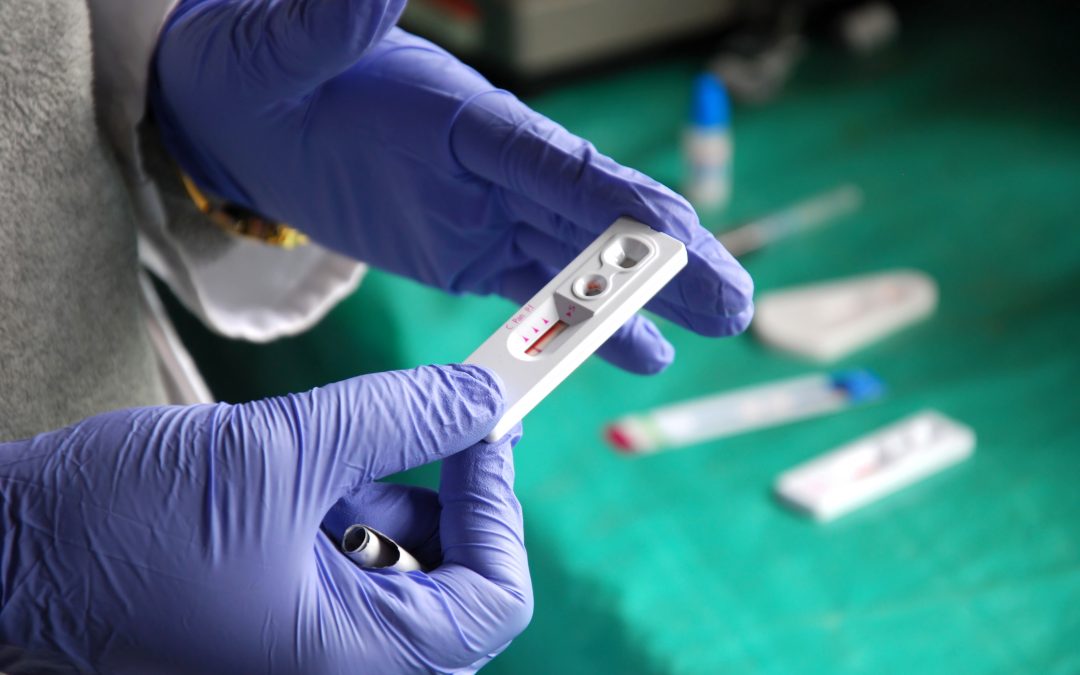For people interested in health and development, today brought good news: the 12th G-FINDER report launched in Brussels shows that the European Union has increased its funding for global health research and development (R&D) for the second consecutive year. The EU is now the world’s third-largest public funder of neglected disease R&D (behind only the US and UK governments), investing roughly three times as much as Canada and Japan combined.
In many ways, this is a very welcome trend: by supporting global health R&D, the EU has helped accelerate the fight against some of the world’s deadliest diseases, while also promoting scientific excellence and protecting Europe against future disease outbreaks. However, it’s also clear there’s still much work to do. Poverty-related and neglected diseases (PRNDs) continue to affect more than one billion people worldwide, and the current level of R&D investment is not enough to develop the tools needed to fight them. No donor has yet reached WHO-recommended levels of investment in this area (0.1% of GNI). The increase in EU funding reported in the G-FINDER report is important and welcome, but still only constitutes about 5% of the global total, and EU institutions still spend less on neglected disease R&D in a year than the US government does in a month.
This is a problem because the challenges facing global health researchers haven’t gone away. HIV & AIDS is a good example: despite some strong progress in fighting the disease, in 2019 there were still 38 million people living with HIV worldwide, and nearly 5,000 people being newly infected every day. Similarly, TB (which often occurs as a coinfection with HIV) also persists as a global health threat and is the leading infectious killer worldwide. These challenges are not confined to low- and middle-income countries: as recent experiences like Ebola, Zika and Coronavirus show, local disease outbreaks often don’t stay local for long. In 2015, there were an estimated 32,000 deaths from TB in the WHO European region, which also has the highest burden of multi-drug-resistant TB in the world. In eastern Europe, new HIV infections rose by 60% between 2010 and 2016. Without new tools such as vaccines, these problems will not disappear.
Investments in R&D have already helped to bring important new products to the market, including pretomanid for treating drug-resistant tuberculosis and the new malaria treatment tafenoquine. There have also been other important scientific breakthroughs, such as a recent trial of a new vaccine able to prevent pulmonary tuberculosis disease (TB), and a diverse pipeline of products including innovative vaccines and other approaches for HIV prevention has been produced. Together with global partners, the thriving European R&D community is critical to ensure that this progress accelerates. It’s also critical to ensure that the EU continues building on its successes, and further increases its financial support for global health R&D.
Horizon Europe already includes some welcome commitments on issues such as vaccine development, and these should be stepped up in the implementation phase. An ambitious EU-Africa Global Health Partnership can continue the successful work of the European and Developing Countries Clinical Trials Partnership (EDCTP) and help researchers in Africa and the EU to evaluate new health tools for communities that need them most. Product Development Partnerships (PDPs) – which play a key role in driving scientific discovery, product development, and equitable access – need sustained funding to build on their advances. Geographic restrictions on funding should be minimized and international cooperation strengthened, in recognition of the fact that global partnerships must be nurtured to effectively combat PRNDs. The EU Member States should step up their financial support for global health research and product development, ensuring scientific momentum isn’t lost.
In 2020, there are still no licensed vaccines available for the majority of PRNDs, and essential diagnostics and appropriate treatment options are missing. The enormous global impact caused by PRNDs – not just socially but also in economic and health security terms – presents a major challenge that requires collaborative working to solve. New tools can ensure that no one, anywhere, is disabled, blinded or killed by these diseases. And the EU is in a unique position to act, thanks to the continent’s financial clout, political influence and deep network of world-class scientists, scholars and pharmaceutical companies. With only a decade left to achieve the UN’s Sustainable Development Goals and thus end the HIV and TB epidemics, European leaders must step up EU investments in global health R&D, ushering in a new era of innovation and potentially saving millions of lives.


This opinion piece was co-written by Hester Kuipers, Executive Director, Europe at the International AIDS Vaccine Initiative (IAVI) and Cecile Vernant, Head of DSW’s EU Office.
